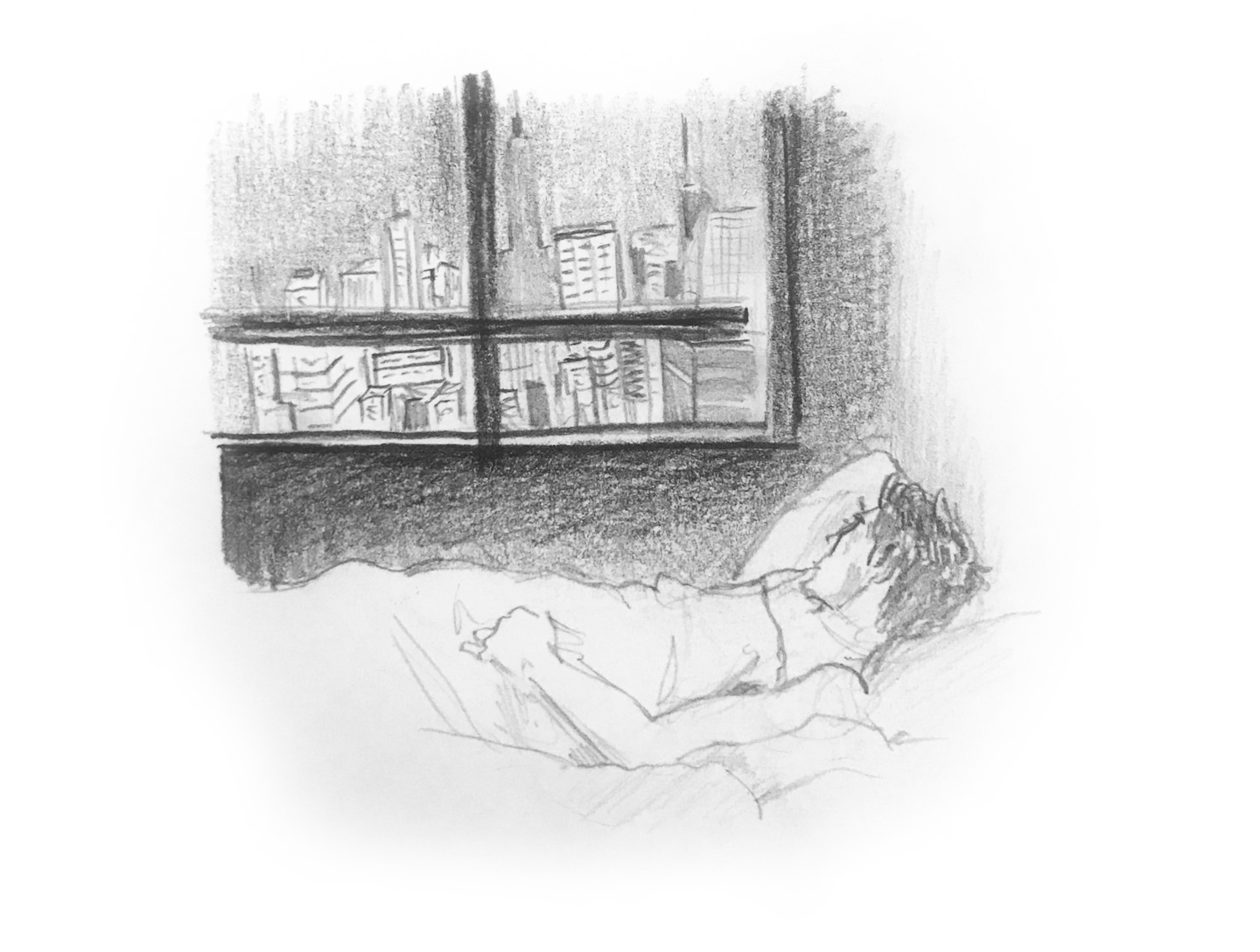
Two warnings: this review is full of spoilers, and Fleishman Is In Trouble contains lots and lots of detailed descriptions of dating-app encounters. The story opens with middle-aged doctor Toby Fleishman’s newfound sexual liberation, as he readjusts to life following his divorce from Rachel.
Toby repeatedly insists that Rachel is crazy. An ambitious workaholic that set their marriage aflame. This narrative persists throughout the novel. Other characters, however, lend depth to Toby’s picture. Libby is a friend from Toby’s college year abroad, and Toby reaches back out to her amidst his divorce. Our official narrator, Libby tells us about these weeks in Toby’s life, adding in reflections on her own middle age. Now a housewife, Libby used to be a writer for a men’s magazine.
Ultimately, the novel is about divorce and the institution of marriage. But it is also about childhood and aging. Childbirth, and what men can do that women cannot. Ambition and fulfillment. Needs and desires. The list goes on and on. In each tangent, Brodesser-Akner writes with confidence and intelligence. The words do not necessarily flow into each other. Rather, Brodesser-Akner positions her language to provoke contemplation.
At one point, Libby questions: “Time was going to march on anyway. You were not ever going to be young again. You were only at risk for not remembering that this was as good as it would get, in every single moment—that you are right now as young as you’ll ever be again … How could we not impugn marriage, then? It becomes so intertwined with your quality of life, as one of the only institutions operating constantly throughout every other moment of your existence, that the person you are married to doesn’t stand a chance.”
Questions like these, the type that made me put the book down for a second to ponder, are peppered throughout Fleishman is in Trouble. When the characters are most self-aware of their own problems, they recognize the absence of clear answers. On the last page, you’ll feel more conflicted than ever.
And as you close the novel and place it neatly on your shelf, you’ll look around the world and wonder if you’re still reading. Indeed, Brodesser-Akner’s biggest talent is her ability to capture the muddledness of real life on paper. The divide between the world of Fleishman is in Trouble and our 21st century existence is further blurred by the parallels between author Brodesser-Akner and supposedly-fictive narrator Libby. Like Libby, Brodessser-Akner is a Jewish magazine writer.
Within the novel, Libby explicitly describes that she’d like to write a book about Fleishman’s experiences. She muses over how she’ll end the book with the return of Toby’s ex-wife Rachel: “She’ll just appear. It will be raining outside and you’ll hear a key in the door and the creak of the hinge and you’ll turn around and suddenly she’ll appear in the doorway.” And the novel ends that very same way.
This stunt shakes our understanding of the novel. Is it real, or is it fiction? Is Brodesser-Akner telling us that Fleishman is in Trouble isn’t truly a novel but rather observations of the world around her? Once again, answers are nowhere in sight. The power of the novel lies within its haziness.
Ayelet Kalfus | ayelet.kalfus@yale.edu







